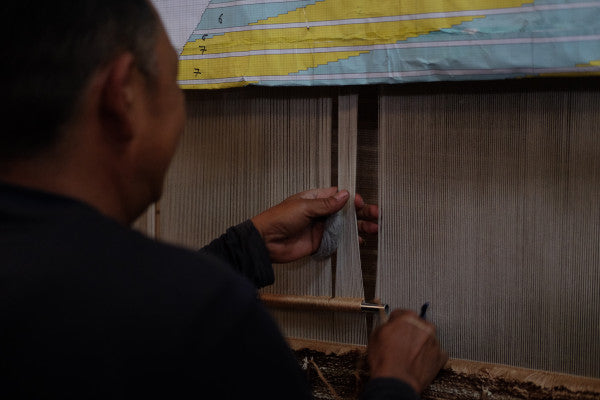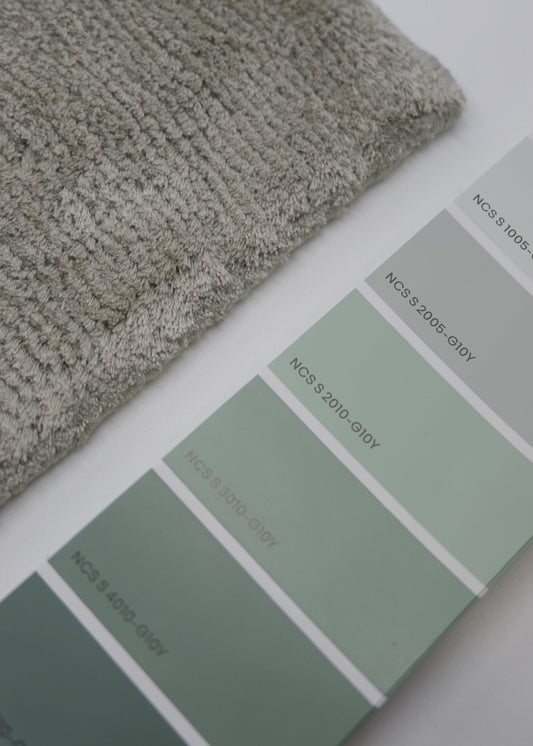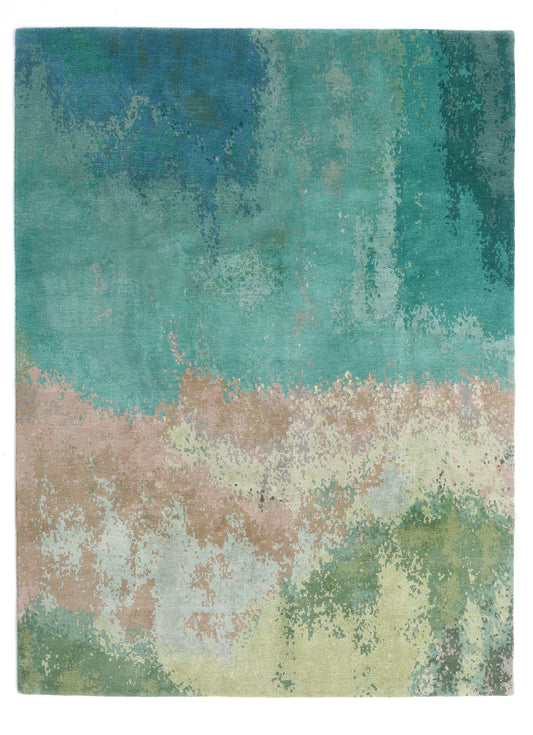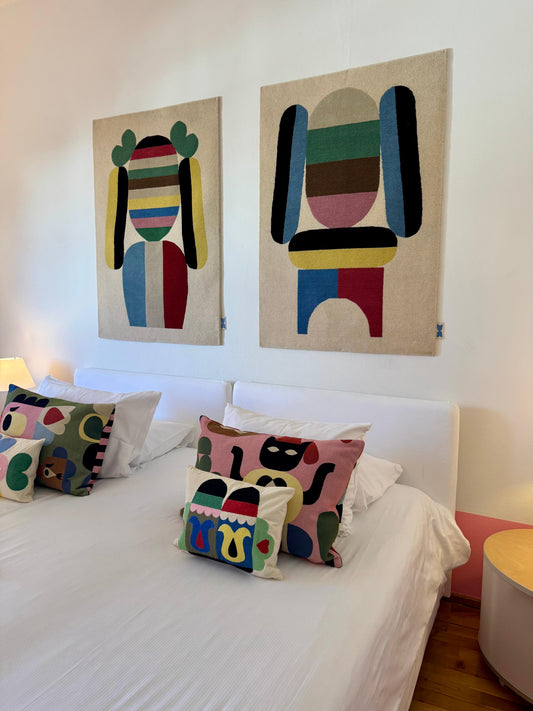Knotting techniques - Other countries of origin, other knots

Hand-knotted is not always hand-knotted. The country of origin of the carpet often influences the type of knotting. While the traditional Tibetan stick technique is used in Nepal, a different type of knotting is used in Morocco.
Nepal : the carpet is produced on a vertical knotting loom, the knots are tied around a metal rod. This technique was traditionally used in Tibetan carpets. It allows for a very high knot density and design precision. This technique is also used today in India to produce similar carpets.
Moroccan knotting : Here the knots are tied individually. The usually low knot density is characteristic of the traditional Berber carpet. The patterns are geometric, often rhombuses and simple lines. The carpet comes to life from the loose, higher pile and its natural beige base colors.
The following knotting techniques are used in oriental carpets:
Persian or Senneh knot : Here, too, the knots are tied individually and knotted asymmetrically around a pair of warp threads. It is found in Persian studio carpets (Iran) as well as in India, Turkey, Egypt and China.
Turkish or Gördes knot : These knots are tied symmetrically around the warp thread pair. They are used in Turkey, the Caucasus region and western Iran (among Turkish and Kurdish tribes) as well as by nomads. They were also used in European carpets.
This is just a small insight into the techniques - in addition to hand-knotted carpets, there are also hand-woven carpets, which can also be produced in very different ways.








